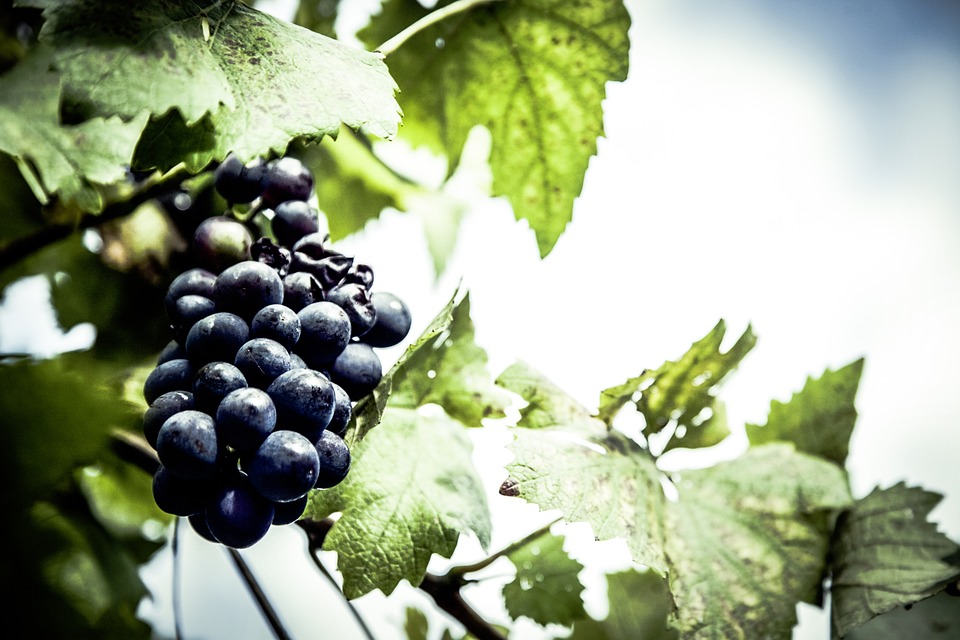Embracing Self-Sufficiency in Russian Villages
In recent years, Russian villages have been increasingly embracing self-sufficiency as a way to combat economic challenges and improve the quality of life for their residents. This shift towards self-sufficiency has been driven by a combination of factors, including the rise of globalization, economic instability, and a renewed interest in traditional farming practices. As a result, many villages in Russia are now taking innovative approaches to ensure their own food security and economic stability.
The Rise of Self-Sufficient Villages
One of the key drivers behind the rise of self-sufficient villages in Russia has been the increasing cost of living and the growing economic instability in the country. In recent years, many rural areas have struggled to attract investment and create economic opportunities for their residents. This has led many villages to look for alternative ways to sustain themselves and provide for their communities.
One of the ways that Russian villages are embracing self-sufficiency is through the revival of traditional farming practices. Many villages are turning to organic farming and sustainable agriculture as a way to reduce their reliance on imported food and improve the quality of the products they produce. By growing their own food, villages are able to ensure a stable and healthy food supply for their residents, as well as create new economic opportunities for local farmers.
Another aspect of self-sufficiency in Russian villages is the promotion of local entrepreneurship and small businesses. Many villages are encouraging residents to start their own businesses and create products that can be sold locally and nationally. This not only helps to generate income for the village, but also fosters a sense of community and pride among residents.
Innovative Approaches to Self-Sufficiency
In order to achieve self-sufficiency, many Russian villages are taking innovative approaches to maximize their resources and create sustainable systems for producing food and other goods. One such approach is the development of community-supported agriculture (CSA) programs, where residents can invest in local farms and receive a share of the harvest in return. This not only provides a stable income for farmers, but also ensures a direct connection between producers and consumers.
Some villages are also turning to renewable energy sources, such as solar and wind power, to reduce their reliance on fossil fuels and create a more sustainable energy system. By harnessing the power of nature, villages are able to generate electricity for their homes and businesses, reducing their carbon footprint and lowering their energy costs.
Furthermore, some villages are taking advantage of new technologies, such as vertical farming and aquaponics, to maximize their land use and produce more food in a smaller space. By growing crops vertically and using fish waste to fertilize plants, villages are able to increase their food production and create a more efficient and sustainable farming system.
The Benefits of Self-Sufficiency
The move towards self-sufficiency in Russian villages has numerous benefits for both residents and the environment. By growing their own food and supporting local businesses, villages are able to create a more resilient economy and reduce their dependence on imported goods. This not only helps to improve the quality of life for residents, but also strengthens the local community and promotes a sense of self-reliance.
In addition, self-sufficiency in Russian villages is also beneficial for the environment. By embracing sustainable farming practices and renewable energy sources, villages are able to reduce their impact on the planet and create a more eco-friendly lifestyle. This not only helps to protect the natural resources of the region, but also supports a healthier and more sustainable way of living for future generations.
Challenges and Opportunities
While the move towards self-sufficiency in Russian villages has been met with enthusiasm and momentum, there are still challenges and obstacles that need to be overcome. One of the main challenges is the lack of infrastructure and resources in many rural areas, which can make it difficult for villages to implement new technologies and sustainable practices.
Additionally, the shift towards self-sufficiency requires changes in mindset and behavior, which can be challenging for some residents. Many people are used to relying on external sources for their food and energy, and may be resistant to change. However, with the right support and education, villages can overcome these challenges and create a more sustainable and self-sufficient future.
In conclusion, the move towards self-sufficiency in Russian villages is an important and necessary step towards a more sustainable and prosperous future. By embracing traditional farming practices, supporting local businesses, and implementing innovative technologies, villages are able to create a more resilient economy, a healthier environment, and a stronger sense of community. With the right resources and support, Russian villages have the potential to lead the way in sustainable living and inspire other regions to follow suit.





